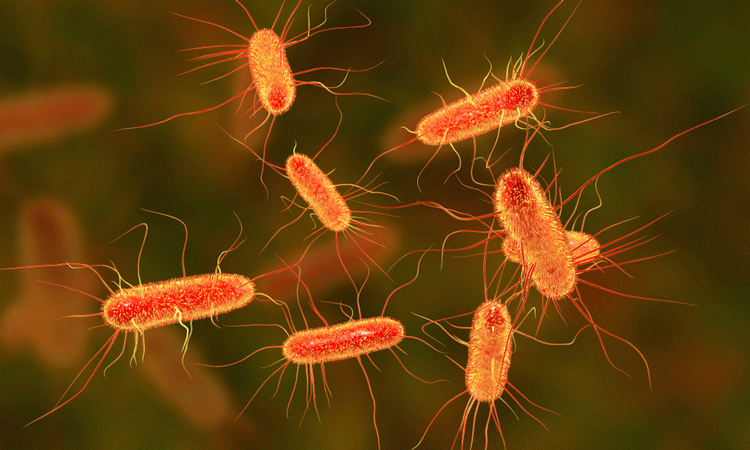Bacterial outer membranes may be key to new antibiotics
Posted: 22 July 2018 | Drug Target Review | No comments yet
The outer membrane surrounding the cell wall of bacteria may be a key target for approaches to a new form of antibacterial drugs…


E. coli has been studied for over a century, with research leading towards antibiotics that penetrate the outer cell wall of bacteria to destroy them. A new study has found that E. coli has an extremely strong outer membrane which is attached to the cell wall.
Scientists have known that bacteria have outer membranes, however until now it has been thought of like a layer of plastic film that makes it tougher for antibiotics to enter the cell. This new study has found that it physically protects the cell, and thus may be a good target for new antibacterial drugs.
The multi-university study, led by Stanford bioengineer, Associate Professor of bioengineering, and of microbiology and immunology, KC Huang said, “the outer membrane can act as a suit of armour…stronger than the cell wall. This function has been in plain sight for all these years.
“If we can attack the outer membrane, infectious bacteria will be pre-weakened for targeting with antibiotic treatments that disrupt cells in other ways.”
Bacteria have cell walls which surround and protect them, with some having an additional outer membrane surrounding the cell wall. Bacteria with and without this membrane react differently to a technique called gram staining. Those with an outer membrane do not react to the chemical stain and are gram-negative bacteria, while those without the outer membrane react to the stain and are gram-positive.
Since both types of bacteria can infect, gram staining is a method to identify the presence or absence of the outer membrane, and thus how susceptible the bacteria may be to antibiotics. Gram-negative bacteria tend to be more resistant to antibiotics, because of the outer membrane.
In one part of the study, cell walls were removed from E. coli whist the outer membranes were left intact. Despite losing their distinct shape, a large fraction of these cells survived, and went on to multiply. The researchers found the outer membrane to be far more important than previously thought, with it playing important protective and structural roles.
Assistant Professor of Biology at New York University and first author of this study, Enrique Rojas said, “we just listened to the data. Science is about data, not dogma.”
Researchers from the University of California, University of Wisconsin-Madison and the University of San Francisco collaborated with the team over the course of four years.
Many experiments were conducted on E. coli cells, from suddenly collapsing the pressure inside the cell, to two hours of rapid increase and decrease in pressure.
In each case, the outer membrane was strong enough to maintain the shape and prevent destruction of the cell. When the outer membrane was weakened, cells died quickly.
“The presence or absence of a strong outer membrane is the difference between life and death,” Prof Huang said.
The findings suggest new infection fighting strategies for around half of all bacterial species which have outer membranes. Researchers identified components which give the outer membrane its strength, and so drugs that target these components could destabilise the outer membrane, in turn leading to destruction of the infectious bacterial cell.
Prof Huang added that the findings are part of an emerging field of study called mechanobiology; how physical changes and forces in the mechanical workings of cells and tissues affect cell development, differentiation, disease and physiology.
“It’s a very exciting time to be studying biology,” Prof Huang said. “We are approaching the point at which our tools and techniques are becoming precise enough to discern, sometimes at almost the atomic level, the physical rules that give rise to life.”
This study has been reported in Nature.
Related topics
Analysis, Antibiotics, Drug Targets
Related conditions
bacterial infection
Related organisations
California University, New York University, Stanford University, University of San Francisco, University of Wisconsin-Madison
Related people
Prof Enrique Rojas, Prof KC Huang








